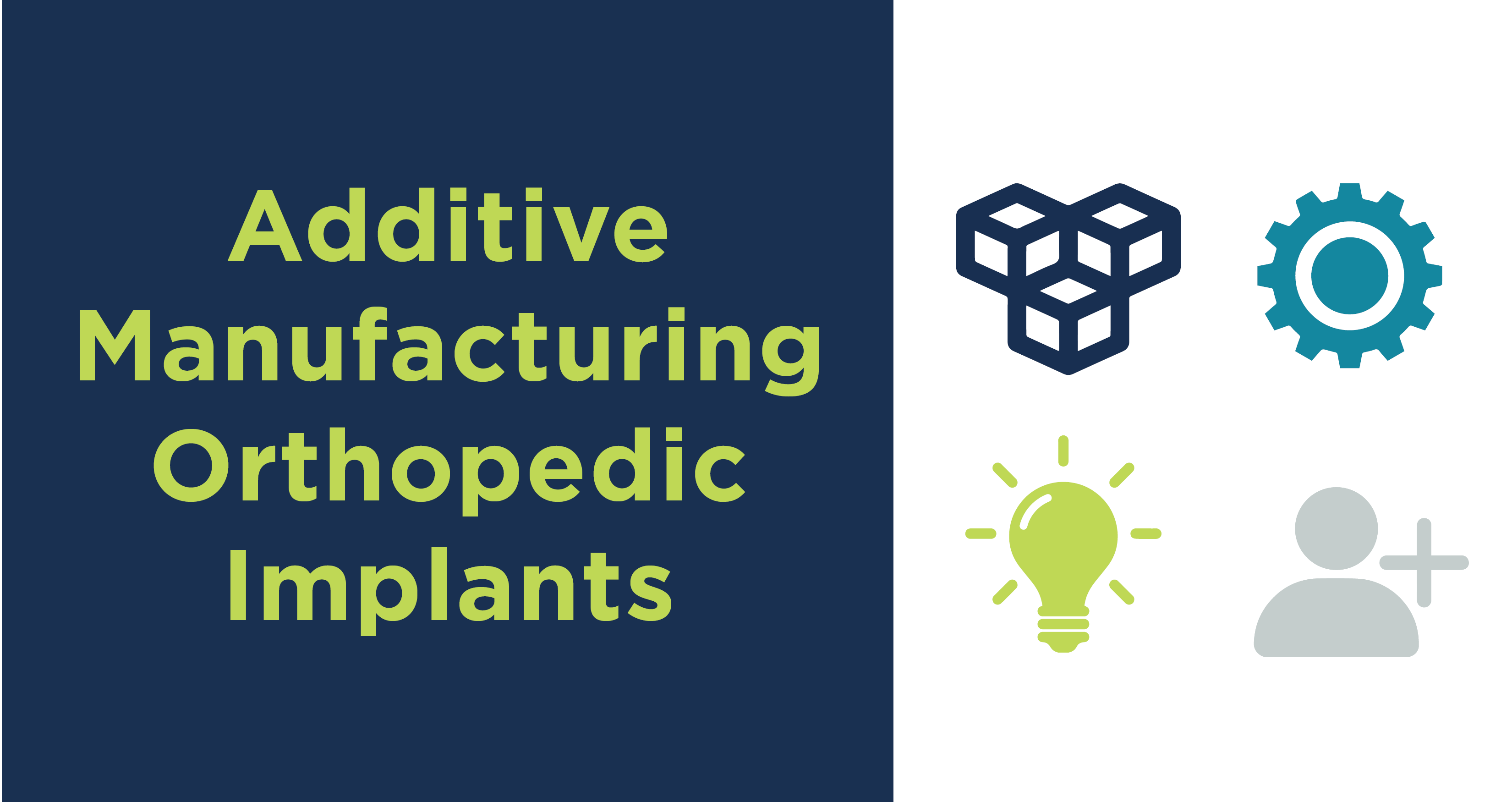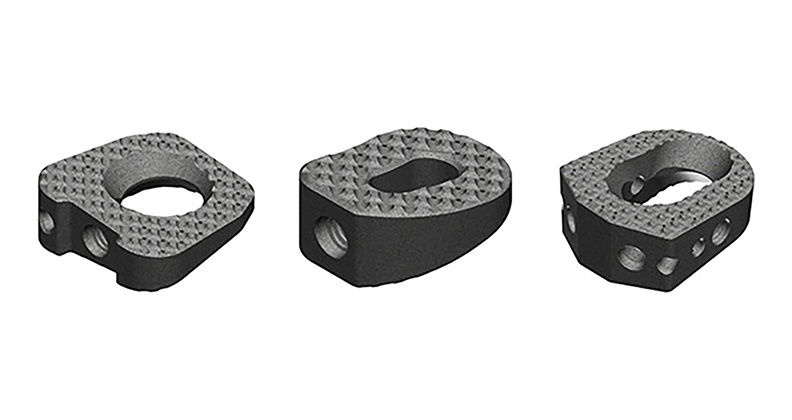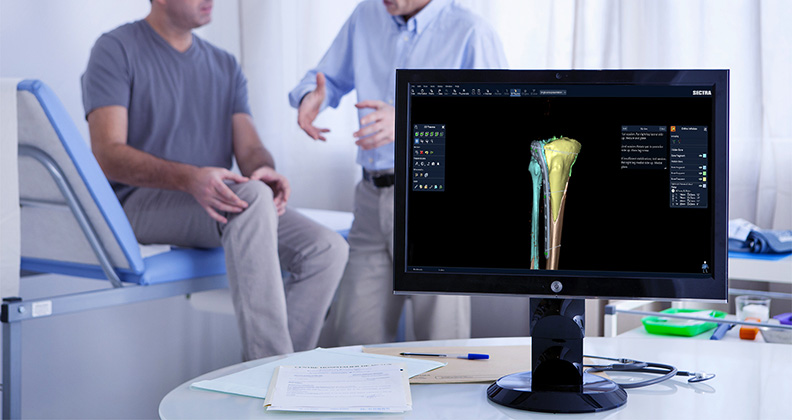
Additive manufacturing or 3D printing continues to gain adoption in orthopedics due to its enhanced capabilities, processes and overall patient benefit. Our latest infographic looks at how and why additive manufacturing is being used in orthopedics and how much growth is expected in the sector.
Orthopedic companies primarily use different powder bed fusion technologies, like electron beam melting, select laser melting and select laser sintering, to manufacture their implants. While companies might have a preferred additive manufacturing technology, they’re mainly using additive for a few types of implants: spine and joint replacement. Our review of FDA 510(k) clearances in 1H22 found that 10% of the implants cleared used additive manufacturing. Further, 68% of those clearances were for spine applications.

Infographic proudly sponsored by Intech.
It’s widely expected that orthopedic companies will continue to find new applications and expand their use of additive manufacturing as machines get faster, new materials emerge and industry expertise grows. In fact, a 2021 BONEZONE survey found that orthopedic device professionals ranked additive manufacturing third in terms of which technology will disrupt orthopedics the most over the next decade.




